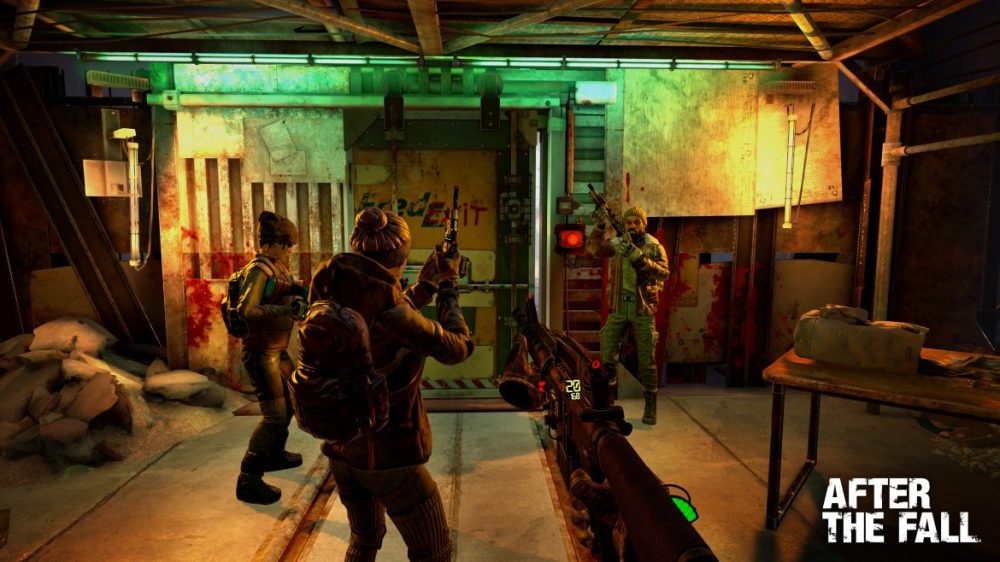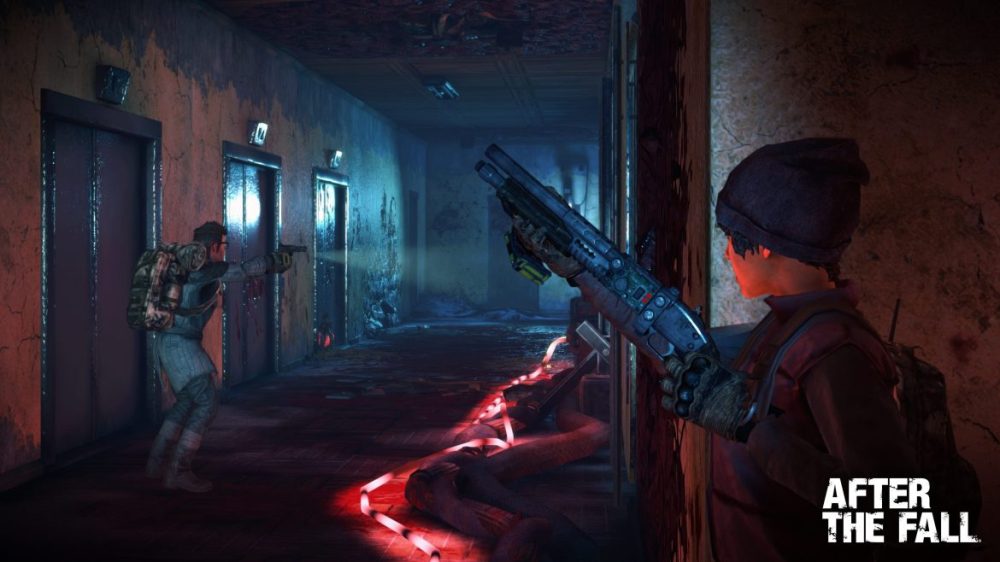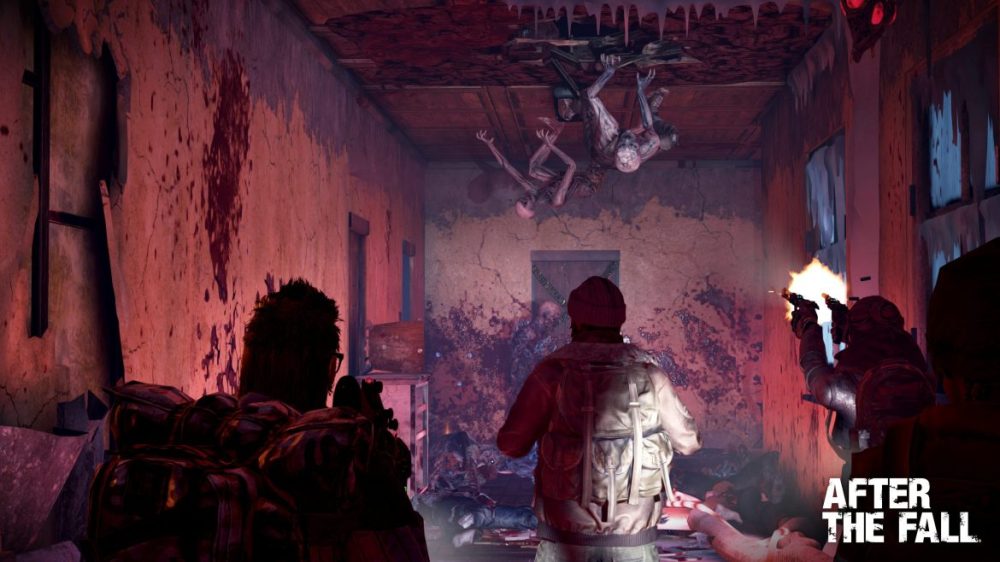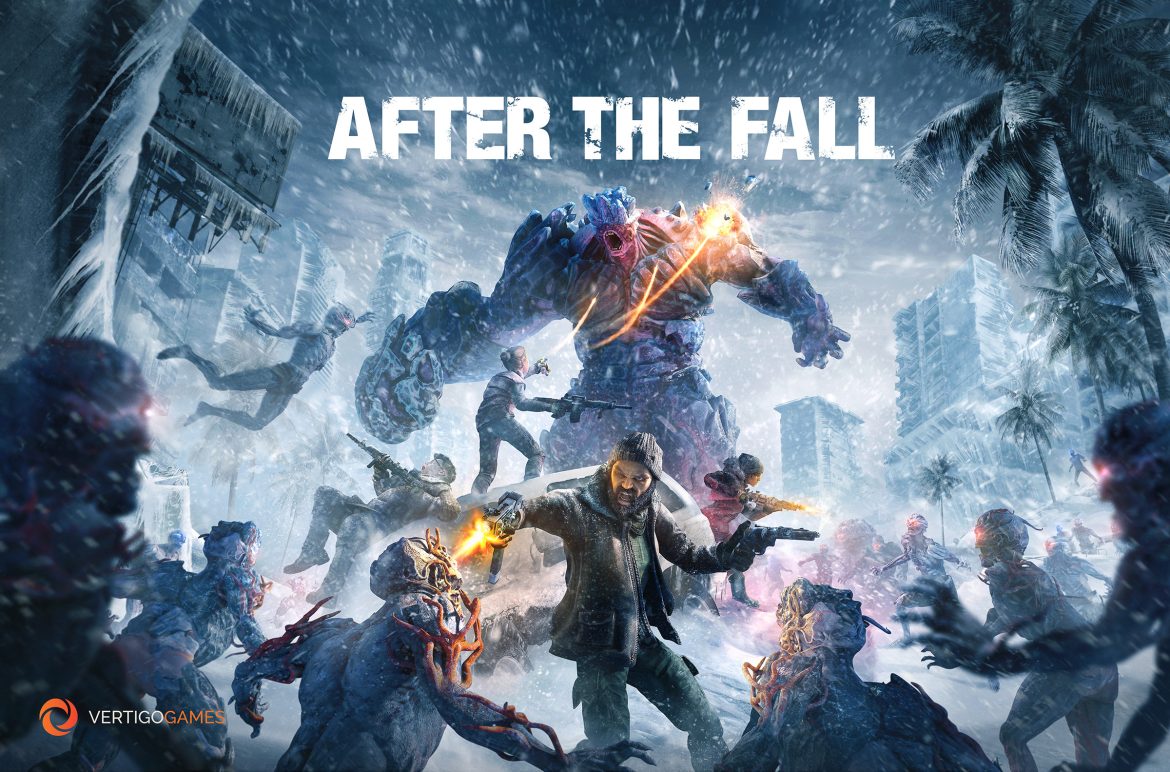TL;DR
Step into a frozen, zombie-ravaged world in After the Fall, a VR shooter that throws you into intense, skill-based combat. Team up with friends or AI to blast through hordes, craft new gear, and upgrade your arsenal. While the aiming and mission structure are solid, be prepared for a sometimes-fiddly reload mechanic and occasional visual hiccups on older hardware. If you crave adrenaline-pumping VR zombie action, this is a must-try experience. Dive into the full review to see if it’s your next VR obsession!
In a frozen, zombie-infested world, you are among the few survivors. Arm yourself and undertake diverse missions within this dystopia, either solo, with AI companions, or cooperatively with up to four other players. Craft new weaponry, upgrade your existing gear, and experience the post-apocalypse firsthand.

My initial foray into virtual reality occurred at an open house in Torvalla Sporthall. While the VR technology at the time was rudimentary, characterized by simplistic graphics and limited realism, the underlying potential was evident even then (25 years ago). Today, a wide array of high-quality VR games are available for home platforms. After the Fall stands out as one of the most compelling VR experiences I’ve encountered, largely due to its immediate and intense action. Unlike many VR titles that emphasize exploration and puzzle-solving within confined environments, After the Fall prioritizes skillful aiming, rapid reloading, and survival against relentless zombie hordes.
The game mechanics are generally well-designed and intuitive. Mission selection is integrated seamlessly through interactive arcade-style interfaces, allowing players to navigate menus without disrupting the immersive VR environment.

Movement options are highly customizable. I prefer a fluid, uninterrupted movement style, even if it increases the potential for motion sickness. The heightened sense of immersion is a worthwhile trade-off. Accurate aiming is crucial, as the game eschews artificial FPS aids, demanding players utilize weapon sights realistically.
Players can collect resources to enhance their weapons and equipment, and discover a variety of new armaments throughout their progression.
Some aspects of the game exhibit shortcomings, most notably in the control scheme. The reloading mechanic, for instance, can be inconsistent. While the process involves ejecting the magazine with a button press and then physically moving the controller towards the body, its reliability in high-pressure situations is questionable. The intended design is interesting, but its inconsistent execution can lead to frustration. Traditional joystick controls govern movement and turning. A 180-degree turn function is mapped to a direct pull of the right joystick. While useful in certain contexts, accidental or habitual activation can induce disorientation.

During my initial seated play session, the in-game scale felt skewed, with my avatar appearing significantly shorter than other characters. This was quickly rectified by standing, confirming that the game is primarily designed for a standing VR experience. While a dedicated seated mode is absent, adjusting the player height setting can effectively compensate, though observing other seated players’ avatars navigating the environment can be amusing.
The game features detailed environments and graphical flourishes. However, the visual fidelity is compromised in certain areas by a noticeable reduction in resolution, a common limitation encountered with Playstation VR on Playstation 4 Pro hardware. This pixelation unfortunately impacts the legibility of crucial in-game text, highlighting the need for improved visual performance in future iterations, potentially with the arrival of PSVR 2 on PS5.
In conclusion, After the Fall achieved significant sales success upon its release, a testament to its engaging and intense VR gameplay. For players seeking an adrenaline-fueled and immersive zombie-slaying experience, After the Fall is a worthwhile consideration. Gear up, brace yourself, and venture into the post-apocalyptic landscape to salvage what remains. It’s a must-try for VR enthusiasts.

